detail profile nicol c3 a1s de ter c3 a1n
Peran Yang Di Mainkan Nicolás de Terán
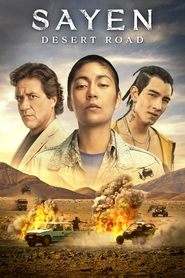 Sayen follows a lead to the...
Sayen follows a lead to the...Sayen: Desert Road 2023
Sayen follows a lead to the picturesque desolation of the Atacama Desert. There, she reluctantly teams up with a young Atacameño girl, Quimal, looking to clear her father’s name and save her town from becoming an arid wasteland due to Acteon’s exploitative water usage.
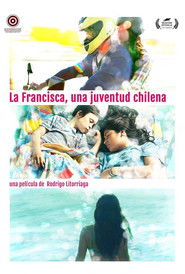 Francisca is a 20yearold young girl...
Francisca is a 20yearold young girl...La Francisca, a Chilean Youth 2020
Francisca is a 20-year-old young girl who lives in Tocopilla, a small town in the North of Chile, found between the Atacama desert and the Pacific Ocean. She dreams to leave but she has an 8-year-old brother, Diego, which is imprisoned in a deep mutism. When Fernando, the Diego new’s teacher, offers to apply some new pedagogical initiatives aimed at helping him, Francisca decides to take the chance and agrees, without imagining she bogs in an irreversible issue.
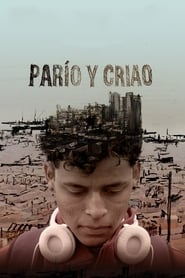 Carmenza is a hardworking colombian woman...
Carmenza is a hardworking colombian woman...Parío y criao 2019
Carmenza is a hard-working colombian woman. She lives in a slum in Antofagasta with her grandson Yorman. She works as a housemaid and tries to raise money for Yorman’s mother, who is ill in Colombia. Carmenza wants Yorman to return with her to their country so he can meet his mother, but he knows that the only option he has to get out of this environment is to stand out in football and be able to play in the local soccer club.
 Chile 1983 Gladys is a brave young...
Chile 1983 Gladys is a brave young...Damn Kids 2017
Chile, 1983. Gladys is a brave young woman who lives in La Victoria, a marginal neighborhood of Santiago with her mother and daughter during the Pinochet dictatorship. One day they receive a young missionary, Samuel Thompson, who, with his camera, records how the population lives in such an adverse scenario.
 Having broken away from my illusory...
Having broken away from my illusory...The Dance of Reality 2013
“Having broken away from my illusory self, I was desperately seeking a path and a meaning to life.” This phrase perfectly sums up Alejandro Jodorowsky’s biographical project: reconstituting the incredible adventure of his life. Alejandro Jodorowsky was born in 1929 in Tocopilla, a coastal town on edge of the Chilean desert, where this film was shot. It was there where he discovered the fundamentals of reality, as he underwent an unhappy and alienated childhood as part of an uprooted family.

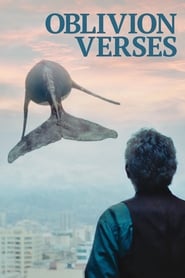 When the elderly caretaker of a...
When the elderly caretaker of a...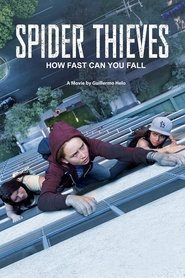 Three teenage girls from a Santiago...
Three teenage girls from a Santiago...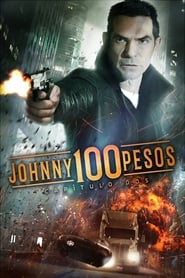 After being twenty years in in...
After being twenty years in in...